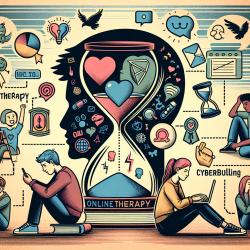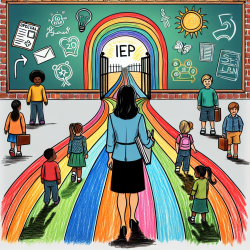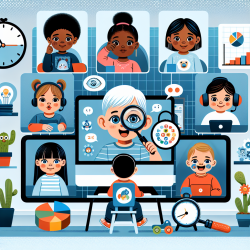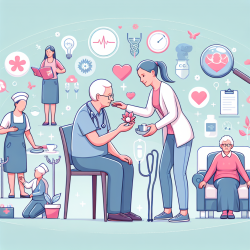Introduction
The digital age has ushered in a new era of communication, with social media platforms becoming integral to our daily lives. Adolescents, in particular, are at the forefront of this digital revolution, engaging with platforms like Facebook, Snapchat, and TikTok. However, the rise in social media use has coincided with an increase in mental health issues among young people, prompting significant concern and research into potential connections.
Key Findings from the Consensus Report
The National Academies of Sciences, Engineering, and Medicine recently released a consensus report that delves into the intricate relationship between social media use and adolescent mental health. The report highlights several key findings:
- Complexity of Social Media Use: Social media encompasses a wide array of interactive technologies, making it difficult to generalize its impact. Adolescents use these platforms in varied ways, from productive interactions to potentially harmful engagements.
- Limited Longitudinal Research: Current literature lacks comprehensive longitudinal studies that can confidently link specific social media behaviors to mental health outcomes.
- Balancing Harms and Benefits: While social media can pose risks, it also offers significant benefits, such as providing connections for isolated adolescents, including those with disabilities or those identifying as LGBTQ+.
- Explicitly Harmful Behaviors: Certain behaviors, like cyber-stalking and harassment, are recognized as harmful and require immediate attention.
Recommendations for Practitioners
Based on the findings, the report offers several recommendations that practitioners can implement to improve outcomes for adolescents:
- Encourage Further Research: Practitioners should advocate for more in-depth research, particularly longitudinal studies, to better understand the nuances of social media's impact on mental health.
- Address Cyber-Harassment: Develop systems for reporting and addressing online harassment. These systems should be accessible, transparent, and effective in providing support to affected adolescents.
- Promote Digital Literacy Education: Encourage the integration of comprehensive digital media literacy education in school curricula. This education should aim to teach adolescents safe and healthy social media practices.
- Train Medical Providers: Equip healthcare providers with the knowledge to counsel adolescents on social media use and recognize warning signs of potential mental health issues.
Conclusion
The relationship between social media and adolescent mental health is complex and multifaceted. While there are no straightforward answers, the consensus report underscores the importance of continued research, immediate action against cyber-harassment, and the promotion of digital literacy. By implementing these recommendations, practitioners can contribute to healthier social media use and better mental health outcomes for adolescents.
To read the original research paper, please follow this link: Social media and adolescent mental health: A consensus report of the National Academies of Sciences, Engineering, and Medicine.










